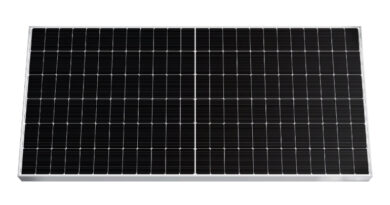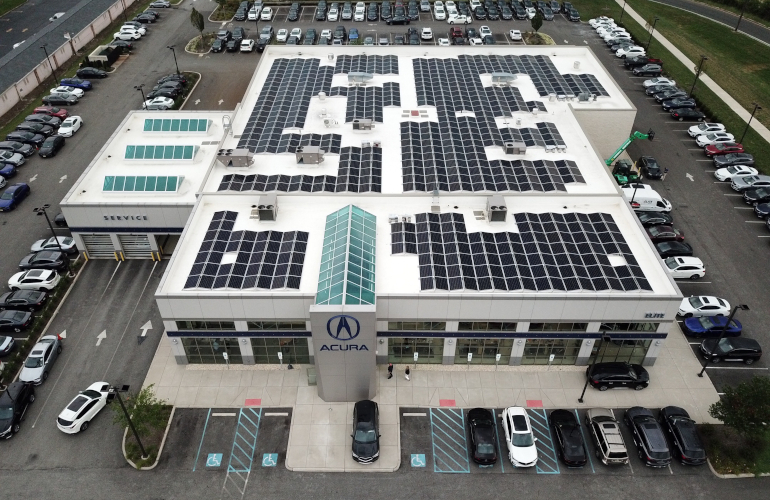Calculate solar project wiring needs upfront for the most accurate BOM estimates
By Olivia McShea, head of sales and marketing, PVComplete
It’s not unusual for a bill of materials (BOM) to serve as an essential economic data point in early stage solar projects. The problem is, when it comes to Balance of System (BOS) costs, most preliminary BOMs only include racking and inverters, and not the cables/wires and other components that make up the BOS. Given that the cost of wiring is very expensive, calculating wiring needs up front is essential to develop a more accurate and informed total project cost analysis.
Though some project developers have developed their own Excel tools to calculate wiring needs, they require a cumbersome manual process that makes it difficult to compare different project scenarios. They are seldom used in early-stage assessment and instead only considered at the end of project design.
Thankfully, new advances in solar design software are automating BOM calculations, empowering developers with greater insight. With the ability to account for BOS accessory parts at the outset, developers can for the first time factor the complete BOS into project costs.
Simply by selecting the module type and inverter, software algorithms are able to work behind the scenes to run calculations to determine the optimal length and size of conductors per NEC code standards, and based on the specified conductors, what size conduit will be required.
Rooftop applications
Consider this representative roof-mount project. The layout includes a specified brand of single phase inverter mounted on the roof near the main service panel. Sophisticated solar design software has the ability to optimally place all the conductors, drawing them on the layout and labeling them conductor 1, conductor 2, etc. If desired, users are able to fine tune the auto-placed conductor direction or pathways to specify any desired conduit runs.
The true computing power reveals itself in layout comparison. What happens if you move the inverter to the other side of the building — perhaps on the ground level? In minutes, software reveals how the wiring requirements will change based on the inverter location. In addition, because advanced solar design software is informed by important inputs including roof height, wiring calculations for roof-to-ground runs are also more precise.
The result is a detailed enough BOS to calculate precise project costs and ease of installation comparison.
Ground-mount applications
Our commercial building example calls for a ground-mounted three-phase inverter. In this case, the position of the inverter on the property will have a significant impact on the length of wire runs.
Advanced solar design software makes it easy to compare the wiring requirements associated with positioning the inverter at the array site and running AC wires to the main service panel at the point of interconnection vs. positioning the inverter near the point of interconnection, where trenching and running DC wires back to the array would be required.
With a BOS-informed early-stage BOM, project developers are able to eliminate guesswork from the equation and create more precise and bankable cost analysis from day one. Advanced solar design software makes it possible.
Olivia McShea oversees PVComplete’s sales and marketing efforts. As the lead point of contact for PVComplete customers, she assists solar companies in getting started, training sessions and continued support. She also facilitates companies finding custom software solutions through PVComplete. Additionally, Olivia acts as liaison for residential, commercial and utility scale design services. Olivia leads marketing strategy and execution to maintain and build relationships across the solar industry. She previously worked in solar distribution to help installers design and procure materials. Olivia studied Climate & Energy at Princeton University and enjoys rowing in her free time.
<!–
–>
Original Source: https://www.solarpowerworldonline.com/2021/05/calculate-solar-project-wiring-needs-up-front-accurate-bom-estimates/















